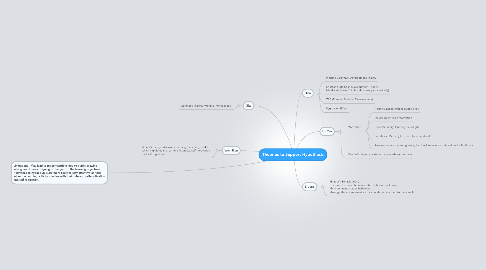Theories to Support Hypothesis
Door kucing kecil


1. Limitations - May lead to misconceptions due to pupils drawing wrong conclusions or going off tangent to the learning objectives Relevance to hypo: pupils are more likely to stay attentive on task when the learning activity is in line with their interest, self-motivation and self-regulation.
2. Gita
2.1. Gardner’s Theory: Multiple Intelligences
3. Wen Shen
3.1. Bruner’s theory - discovery learning ( teaching model which highlights the learners’ interests, self-motivation and self-regulation)
4. Dina
4.1. Piaget’s Cognitive Development Theory
4.2. Eriksson’s Life Span Development Theory Middle and Late Childhood (industry vs inferiority)
4.3. ZPD (Zone of Proximal Development)
4.4. Pygmalion Effect
5. Li Jung
5.1. (Piaget’s Behaviourism) T should focus on the observable behaviours of pupils Environmnent shapes behaviour. Arrange the environment such as pupils can respond to the stimuli
6. Lin Yao
6.1. Motivation
6.1.1. Personalization links to pupils’ lives
6.1.2. increasing intrinsic Motivation
6.1.3. Bruner’s theory: learning via insight.
6.1.4. Feedback: Meeting the need to understand
6.1.5. Assessment and Learning: using feedback to increase interest and self-efficacy
